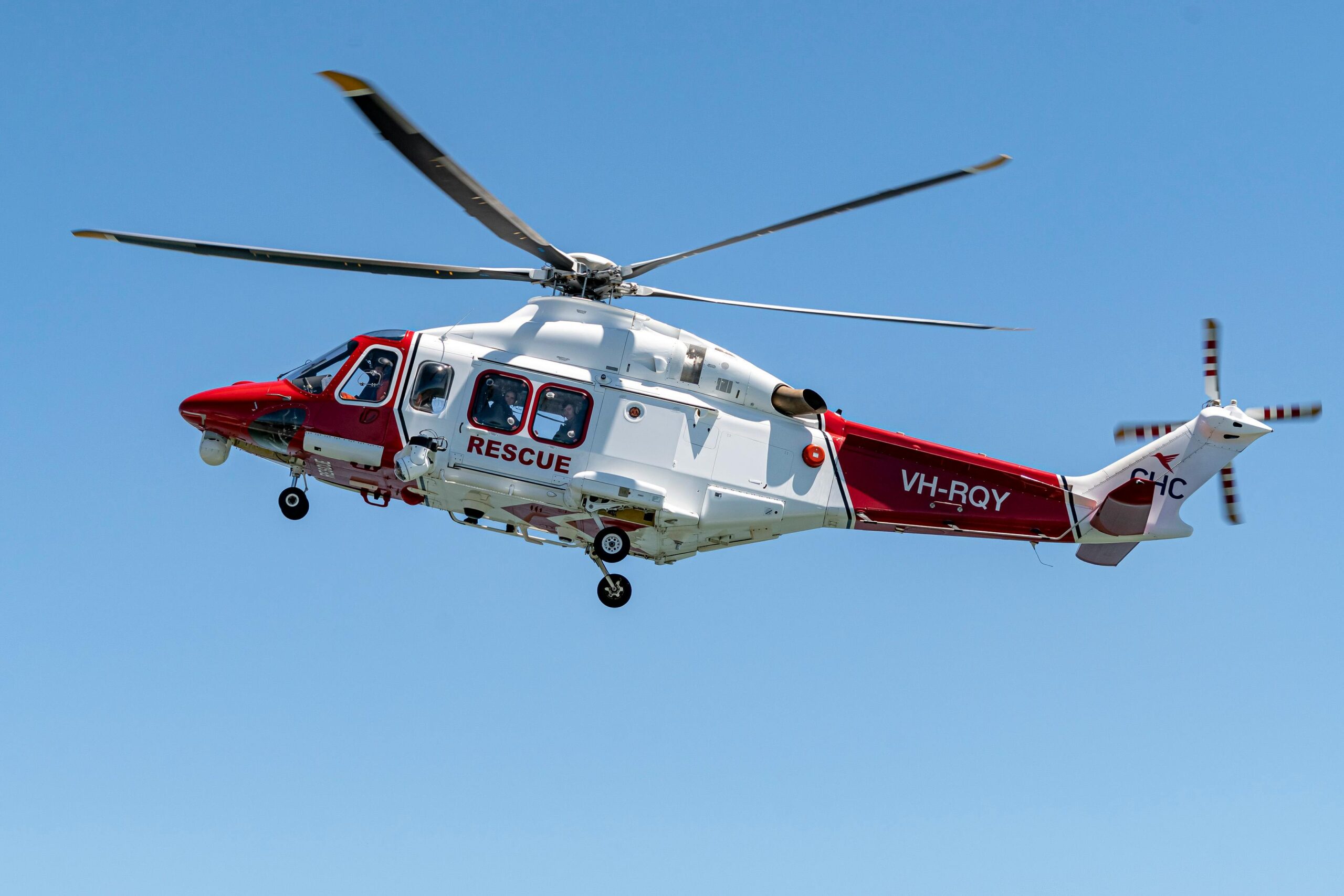How to choose the right travel insurance: a practical guide for smart travelers
Whether you’re jetting off for a beach holiday, hiking in the mountains, or working remotely in a new country, travel insurance is one of the most important things you can pack. Yet many travelers overlook it—or buy a plan without really understanding what it covers.
This guide breaks down how to choose the right travel insurance for your trip, no matter where you’re from or where you’re headed.
1. Know what travel insurance Is (and isn’t)
Travel insurance is a short-term policy that protects you financially against unexpected events during a trip. These can include:
- Trip cancellation or interruption (due to illness, emergencies, or other covered reasons)
- Medical expenses abroad, especially where your home healthcare doesn’t apply
- Lost or stolen belongings, including luggage and electronics
- Emergency evacuation, such as airlifts from remote areas
- 24/7 assistance, like translation help or arranging care abroad
What it doesn’t typically cover: routine care, pre-existing conditions (unless declared and approved), or changing your mind about a trip.

2. Consider your trip type
Travel insurance isn’t one-size-fits-all. Your policy should reflect how, where, and why you’re traveling. Ask:
Are you traveling long-term or to multiple countries? → Consider multi-trip or long-stay coverage with international support networks.
Are you doing adventure sports (skiing, scuba diving, trekking)? → Make sure your plan covers high-risk or physical activities. Many basic policies exclude them.
Are you bringing expensive gear (like a laptop or camera)? → Look for plans with higher personal belongings limits or the option to add itemized coverage.
Are you traveling to remote areas or countries with limited healthcare access? → Emergency evacuation and medical transport coverage becomes critical.
3. Review medical coverage in detail
Medical costs abroad can be shockingly high, especially in countries like the U.S., Japan, or parts of Europe. Ensure your policy includes:
- Emergency medical expenses (hospital stays, doctors, prescriptions)
- Evacuation and repatriation (air ambulance, transfer back to your home country)
- Coverage of at least $100,000 USD equivalent for medical care is recommended by most travel experts.
Also check:
- Does it cover COVID-19-related treatment or cancellations?
- Are there age or health restrictions?
- What is the claims process and deductible?

4. Check for cancellation and delay protections
Trip delays and cancellations are common and expensive. Look for policies that reimburse for:
- Non-refundable flights, hotels, and tours
- Delays due to weather, strikes, or airline issues
- Personal reasons like illness or injury before departure
Always read the fine print to understand what “covered reasons” apply. Some providers offer “Cancel For Any Reason” (CFAR) upgrades, but they cost more and may only reimburse a percentage.
5. Read the Policy Word-for-Word
Yes, it’s long. Yes, it’s dull. But this is where you’ll find:
- Exclusions (e.g., alcohol-related incidents, civil unrest, unattended belongings)
- Limits and caps on how much they’ll pay for each category
- How to file a claim and what proof you’ll need (e.g., police reports, receipts)
If anything is unclear, contact the provider’s customer service before buying.
6. Match coverage to cost (not just the cheapest plan)
It’s tempting to pick the cheapest option, but that can leave you exposed when it matters most. Compare:
- Coverage amounts
- Deductibles (the amount you pay out-of-pocket)
- Add-ons for your needs (sports, gear, rental car coverage, etc.)
- Customer reviews and ease of claims
A good rule: if you can’t afford to lose it—your health, your gear, your trip – make sure it’s covered.

7. Final tip: check what you already have
Before buying a standalone policy, check:
- Does your credit card offer travel protection? (Note: it’s often limited)
- Do you have health coverage abroad through national or employer insurance?
- Does your tour operator or airline offer included insurance?
These may reduce what you need to purchase, but rarely replace a full policy.
In Summary
Travel insurance isn’t just for emergencies—it’s peace of mind. The right plan lets you focus on the joy of the journey, knowing you’re protected if things go sideways. Take the time to assess your trip, read carefully, and choose coverage that truly fits. It’s a small investment for major protection.
